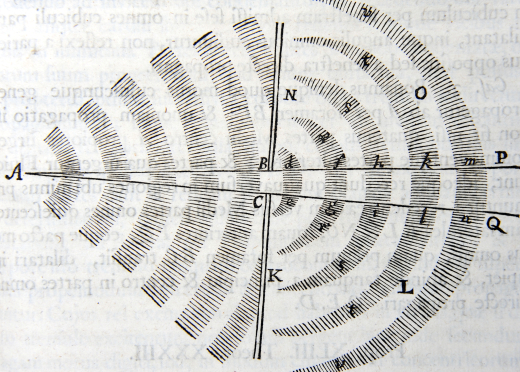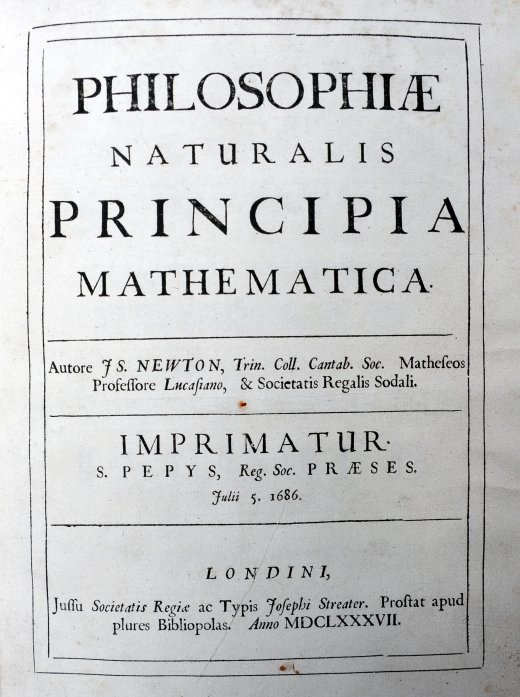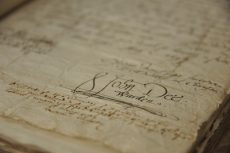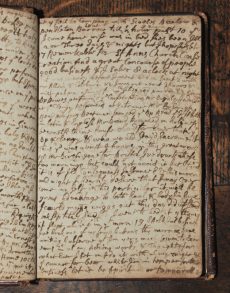- About
- Visiting
- What’s On
- Venue hire
- Catalogues
- Collections
- 101 Treasures of Chetham’s
- Digital Resources
- The Flowers of Histories
- A Book of Hours from France
- The Manchester Scrapbook
- Thomas Barritt of Manchester
- Art Treasures Examiner of 1857
- Manchester Association for Constitutional Order
- The North Western Museum of Science and Industry: Some Reminiscences by Richard Hills
- Criminal Manchester
- The Cup of Destiny
- Athenaeum Souvenir
- Middle English Manuscripts
- Manchester and Liverpool of Today
- Hollingworth’s Mancuniensis
- Memoir of Cecil Wray
- William Seward’s Diary
- The Anti-Monopolist
- Fishwick’s History of Rochdale
- Knyvett’s Defence of this Realm
- Tractatus de Nigromantia
- Axon Ballads
- Printed Books & Ephemera
- Archives & Manuscripts
- Prints and Photographs
- Blog
- Support us
Newton’s Principia
Sir Isaac Newton, Philosophiae Naturalis Principia Mathematica (Mathematical Principles of Natural Philosophy)

First edition
Printed in London by Joseph Streater for the Royal Society, 1687
Newton’s Principia is generally regarded as the greatest work in the history of science. Building on the achievements of Copernicus, Galileo and Kepler, Newton explained the underlying universal laws and showed that a single mathematical law could explain the motion of objects on earth as well as the phenomena of the heavens.
The book was bought by the Library from the London bookseller Samuel Smith on 28 November 1690 for the sum of 7s 6d. Its low cost is an indication of the fact that the book was not an immediate success. In order to rid himself of some of the many unsold copies, Newton resorted to donating copies to university and college libraries, including the library of his own college, Trinity College Cambridge.
At the same time he ‘made over a portion of the edition’ of the Principia to Samuel Smith who supplied it to Chetham’s Library some three years after it was published.



